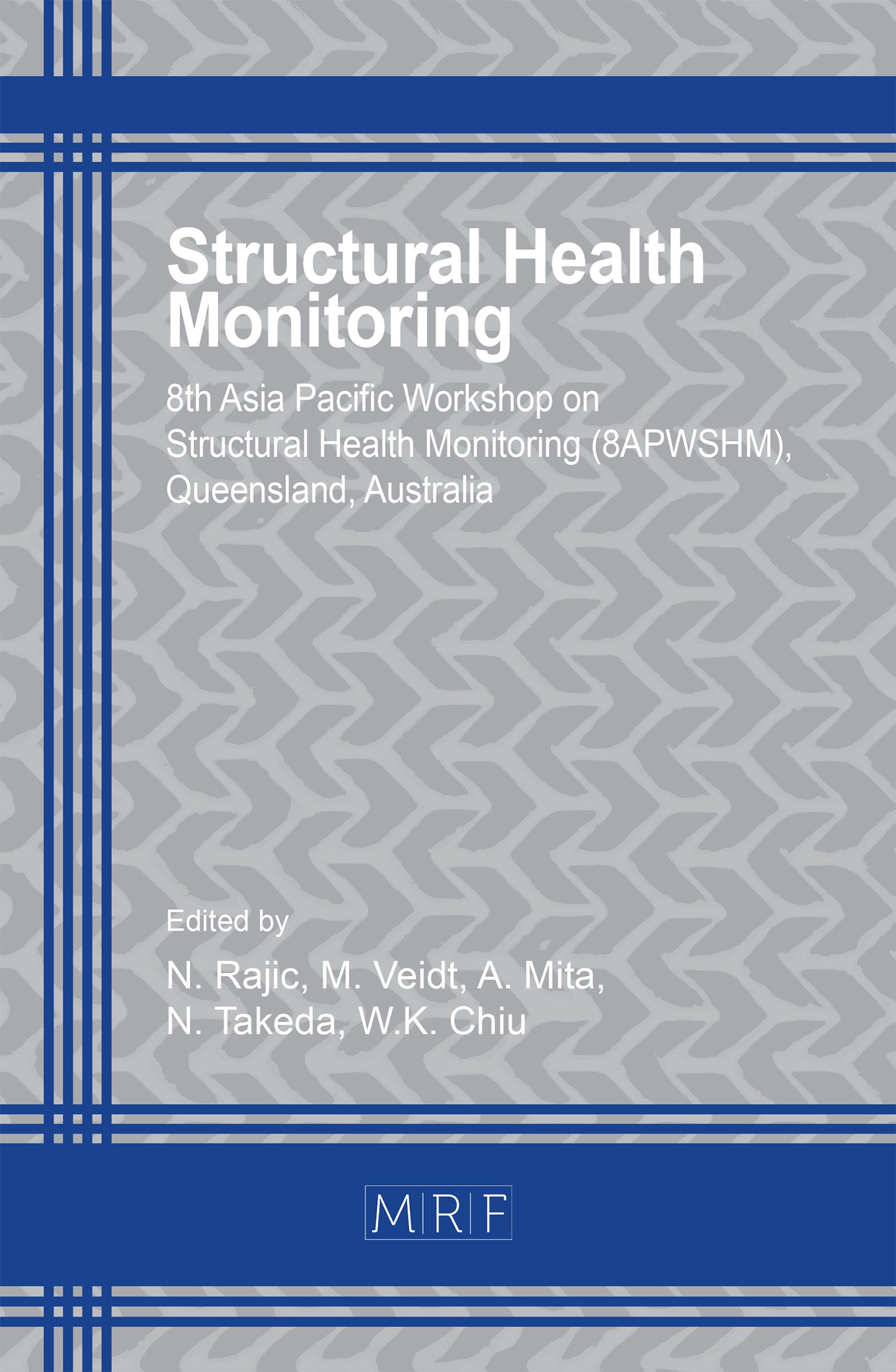Structural Health Monitoring (SHM) of Space Structures
Aswin Haridas, Holger Speckmann
download PDFAbstract. Recent years have seen an increased interest in exploring outer space for space tourism or for unmanned or manned planetary explorations. The captivated interests among various stakeholders to employ advanced technologies to meet the requirements of these missions have necessitated the use of newly developed asset monitoring systems to ensure robustness and mission reliability. Although, Non-Destructive Testing (NDT) methods provide sufficient information about the state of the structure at the time of inspection, the need for continuously monitoring the health of the structure throughout the mission has asserted the use of Structure Health Monitoring (SHM) technologies to increase the levels of safety and thereby, reducing the overall mission costs. However, since the implementation of SHM technologies for space missions can be affected by several factors including, environmental conditions, measurement reliability and unavailability of adequate standards, additional considerations on its employability must be reconsidered. This article demonstrates a structured approach to compare the capabilities of some of the most promising SHM technologies in consideration of these influential factors. Additionally, remarks on the feasibility of employing these SHM technologies and the role they could play in such critical missions would be elaborated.
Keywords
Structural Health Monitoring, Space Structures, Asset Monitoring, Optical Fiber Sensors, Future Technologies
Published online 2/20/2021, 9 pages
Copyright © 2021 by the author(s)
Published under license by Materials Research Forum LLC., Millersville PA, USA
Citation: Aswin Haridas, Holger Speckmann, Structural Health Monitoring (SHM) of Space Structures, Materials Research Proceedings, Vol. 18, pp 343-351, 2021
DOI: https://doi.org/10.21741/9781644901311-42
The article was published as article 42 of the book Structural Health Monitoring
![]() Content from this work may be used under the terms of the Creative Commons Attribution 3.0 licence. Any further distribution of this work must maintain attribution to the author(s) and the title of the work, journal citation and DOI.
Content from this work may be used under the terms of the Creative Commons Attribution 3.0 licence. Any further distribution of this work must maintain attribution to the author(s) and the title of the work, journal citation and DOI.
References
[1] W. L Richards, E. Madaras, W.H. Prosser, G. Studor, NASA Applications of Structural Health Monitoring Technology, 9th International Workshop on Structural Health Monitoring, September 10–12, (2013).
[2] M. Iain, N. Karafolas, Fiber optic sensing in space structures: the experience of the European Space Agency, In 17th International Conference on Optical Fibre Sensors, 5855 (2005), 262-269. International Society for Optics and Photonics. https://doi.org/10.1117/12.623988
[3] H. Speckmann, R. Henrich, Structural health monitoring (SHM)–overview on technologies under development, In Proc. of the World Conference on NDT, Montreal-Canada, (2004).
[4] B. Daniel, C.P Fritzen, A. Güemes, Structural health monitoring. Vol. 90. John Wiley & Sons, 2010.
[5] M. Simone, G. Tumino, P. Gaudenzi. “Structural health monitoring for future space vehicles.” Journal of intelligent material systems and structures 17, no. 7 (2006): 577-585. https://doi.org/10.1177/1045389X06059077
[6] I. Tansel, P. Chen, X. Wang, A. Yenilmez, B. Ozcelik, Structural health monitoring applications for space structures, In Proceedings of 2nd International Conference on Recent Advances in Space Technologies, 288-292 (2005), IEEE.
[7] F. Peter. “New guidelines for implementation of structural health monitoring in aerospace applications.” SAE International Journal of Aerospace 6, no. 2013-01-2219: 525-533 (2013). https://doi.org/10.4271/2013-01-2219
[8] A. Haridas, C.M Giraldo, H. Speckmann, Structural Health Monitoring (SHM) goes to space: submitted to 10th European Workshop on Structural Health Monitoring, EWSHM 2020. https://doi.org/10.1007/978-3-030-64594-6_39
[9] C.E. Campanella, A. Cuccovillo, C. Campanella, A. Yurt, V. Passaro, Fibre Bragg grating based strain sensors: review of technology and applications, Sensors 18, no. 9 (2018), 3115. https://doi.org/10.3390/s18093115
[10] B. Glisic, Distributed fiber optic sensing technologies and applications–an overview, ACI Spec. Publ 292 (2013): 1-18.
[11] C.M. Giraldo, J.Z. Sagredo, J.M Gómez, P. Corredera, Demonstration and methodology of structural monitoring of stringer runs out composite areas by embedded optical fiber sensors and connectors integrated during production in a composite plant. Sensors, 17(7), 1683 (2017). https://doi.org/10.3390/s17071683
[12] M.F. Hribšek, D.V. Tošić, M.R. Radosavljević, Surface acoustic wave sensors in mechanical engineering. FME transactions, 38(1) (2010), 11-18.
[13] W.C. Wilson, D.F. Perey, G.M. Atkinson, R.O. Barclay, Passive wireless SAW sensors for IVHM. In 2008 IEEE International Frequency Control Symposium, 273-277, IEEE. https://doi.org/10.1109/FREQ.2008.4623003
[14] H. Stehmeier, H. Speckmann, Comparative vacuum monitoring (CVM). In Proceedings of the 2nd European Workshop on Structural Health Monitoring, Munich, Germany, (2004) 7-9.
[15] D. Roach, Real time crack detection using mountable comparative vacuum monitoring sensors, Smart structures and systems 5, no. 4 (2009): 317-328. https://doi.org/10.12989/sss.2009.5.4.317
[16] D. Roach, Use of Comparative Vacuum Monitoring Sensors for Automated Wireless Health Monitoring of Bridges and Infrastructure, United States: N. p., 2018. Web. https://doi.org/10.1201/9781315189390-372































